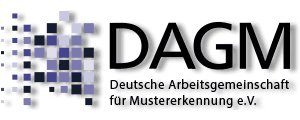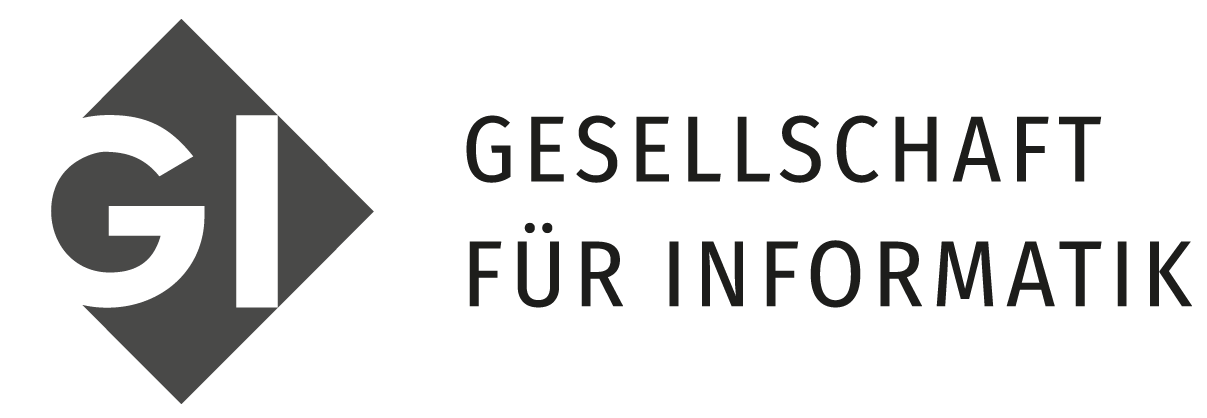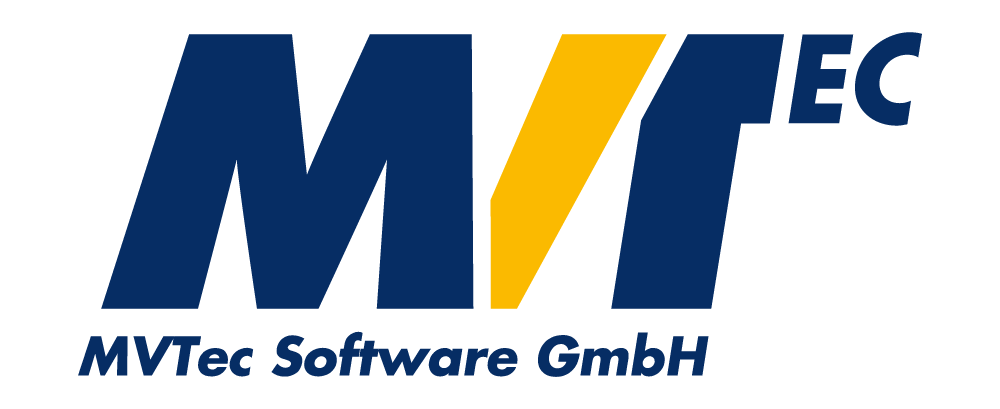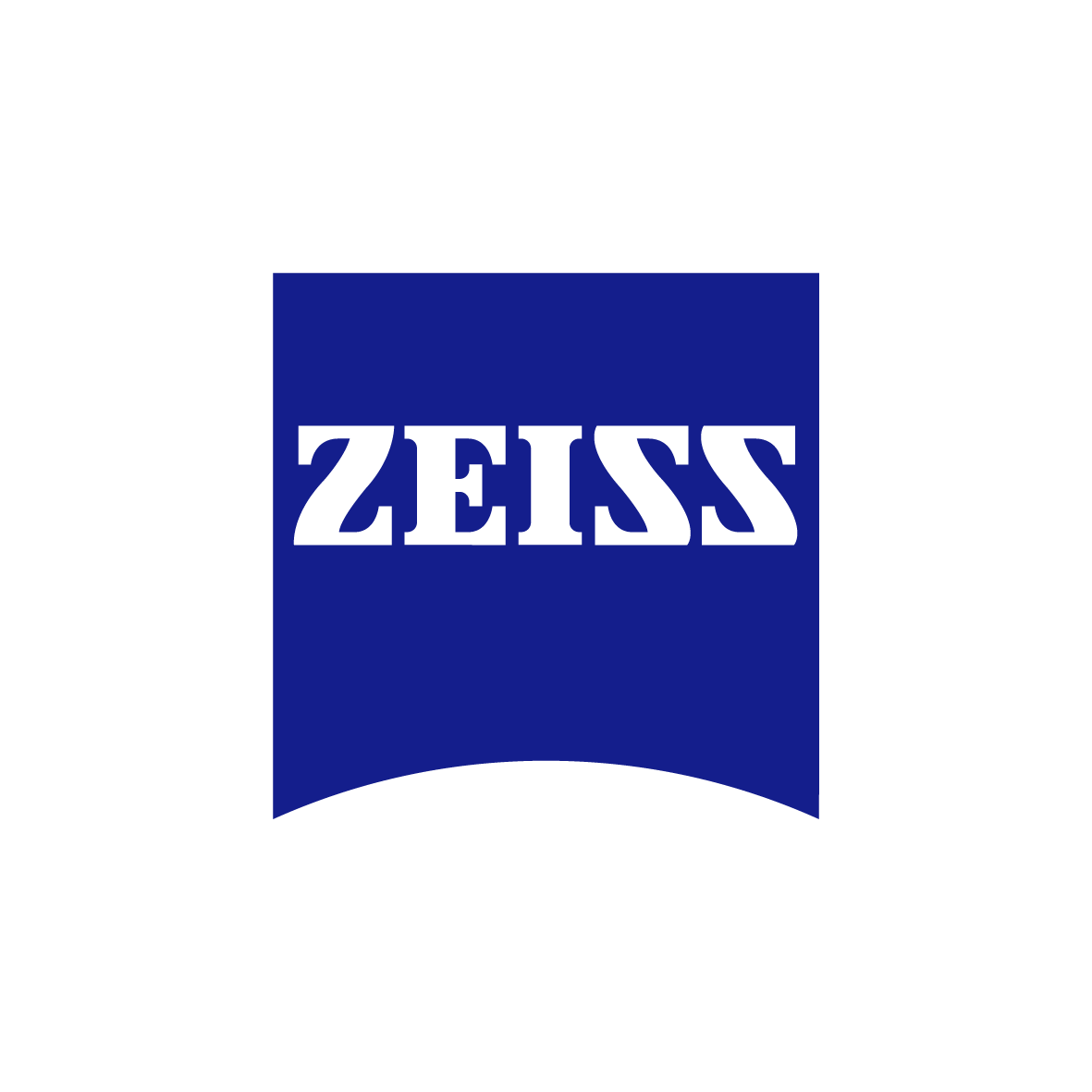Tutorial 1: Introduction to Light Field Analysis
Time Slot
Tuesday morning: 9:00 - 12:30
Description
The 4D light field has a rich internal structure, which is closely related to scene geometry. In this tutorial, we will explore the light field from a computer vision perspective, and study concepts and algorithms which are specifically tailored to leveraging this structure. In particular, having a dense sampling of view points opens up possibilities beyond classical multi-view approaches, and allows to tackle challenging problems in 3D reconstruction.
Tutorial Speakers

Bastian Goldlücke
Bastian Goldlücke joined the University of Konstanz as an Associate Professor in 2014. Previously, he held postdoc positions at the University of Heidelberg (2011), TU Munich (2010) and the University of Bonn (2009). He received his Ph.D. from the MPI for computer science in Saarbrücken (2006). His main research interests are variational methods and their applications in computer vision, in particular inverse problems in light field analysis. He regularly serves as a reviewer for major conferences and journals, co-organized the first and second workshop on "Light Fields for Computer Vision" at ECCV 2014 and CVPR 2017, and was area chair for ACCV 2014 and 3DV 2016. His research is supported by the ERC Starting Grant "Light Field Imaging and Analysis" awarded in 2013, and the SFB Transregio "Quantitative Methods for Visual Computing".
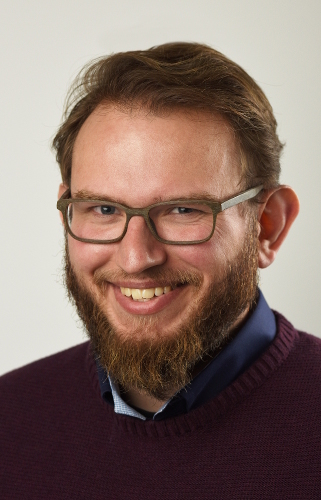
Ole Johannsen
Ole Johannsen studied mathematics (MSc eq.) at Heidelberg University
and joined Prof. Bastian Goldluecke as a Ph.D student at the University
of Konstanz in 2014. He has been working on light field analysis for
several years, focusing on multi-layer depth estimation and 3D scene
reconstruction using variational methods. Together with Katrin Honauer,
he designed and published a popular benchmark for light field depth
reconstruction in 2016 and works on data generation for deep learning.
At CVPR 2017, he co-organized the second workshop on Light Fields for
Computer Vision at CVPR. He did an internship with Raytrix, a
manufacturor of plenoptic cameras, in 2012 and spend a month at the
SIROCCO group of Christine Guillemot at INRIA in Rennes
Content
Session 1: Structure of the Lambertian Light Field (90 min)
- Disparity and depth reconstruction
- Cams and angular patches
- Occlusion modeling
- Refocusing and focal stacks
- Epipolar plane image structure
- Inverse problems on ray space
- Light field denoising model
- Light field labeling
- Light field spatial and angular inpainting
- Spatial and angular light field super-resolution
Session 2: Non-Lambertian Light Fields and 3D Reconstruction (90 min)
- Light fields of reflective and transparent surfaces
- Sparse coding for layered depth reconstruction
- Layer separation and intrinsic light fields
- Structure-from-motion for light field cameras
- Light field camera calibration matrix and projection
- Light field camera pose
- Light field panoramas
- Multi-layered scene reconstruction
- Intrinsic light fields
Slides
Download Part I Part IITutorial 2: Discriminative Correlation Filters for Visual Tracking
Time Slot
Tuesday afternoon: 14:00 - 16:30
Description
In recent years, the Discriminative Correlation Filter (DCF) framework has reached immense popularity in the field of visual tracking, with hundreds of published papers. Its popularity stems from the efficiency, versatility and excellent performance of the DCF framework. This tutorial gives a comprehensive introduction to the DCF framework. First, background and underlying theory is presented. Then, more advanced topics, present in current state-of-the-art tracking approaches, are discussed.
Tutorial Speaker
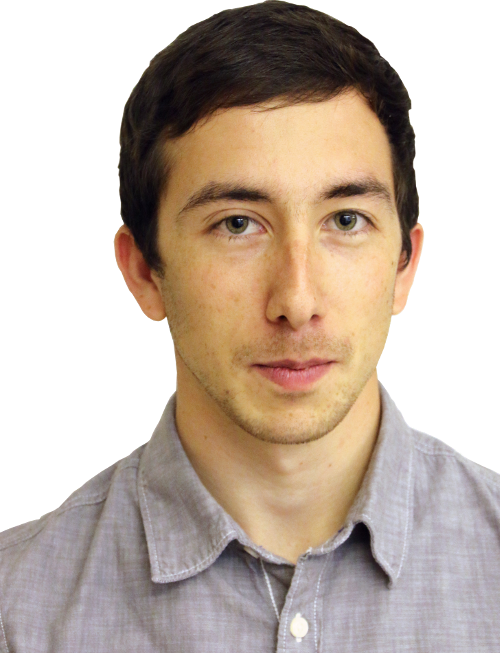
Martin Danelljan
Martin Danelljan received his PhD at Linköping University 2018. His main research
interests are online machine learning methods for visual tracking and probabilistic
models for point cloud registration. His research and development of the
Discriminative Correlation Filter (DCF) framework has led to several top-ranking
trackers. In 2014, he won the Visual Object Tracking (VOT) Challenge and the OpenCV
State-ofthe-Art Vision Challenge. Furthermore, he achieved top ranks in VOT2016
and the sequestered set of VOT2017. He received the best paper award in the computer
vision track in ICPR 2016.
Content (preliminary)
Session 1: Background and Basics of the DCF (60 min)
- Background to visual tracking
- Basics of DCF tracking
- Underlying theory
- The MOSSE tracker
- Multiple feature dimensions
- Kernels
- Approximate update rules
Session 2: Advanced Topics in DCF (60 min)
- Tackling the periodic assumption
- Constraint optimization
- Spatial regularization
- Training set management
- Rejection/failure measures
- Adaptive weighting
- Continuous formulation
- Multi-resolution deep features
- Sub-pixel prediction
- Optimization and efficiency
- Iterative optimizers
- Dimensionality reduction
- Deep features
- Fusion
- End-to-end learning
![Foto by Avda (Own work) [CC BY-SA 3.0 (http://creativecommons.org/licenses/by-sa/3.0)], via Wikimedia Commons Joint Conference GCPR/VMV 2018 - Stuttgart, Germany - October 10-12, 2018 - University of Stuttgart](images/gcprvmv_banner2018_2_850x150.png)
